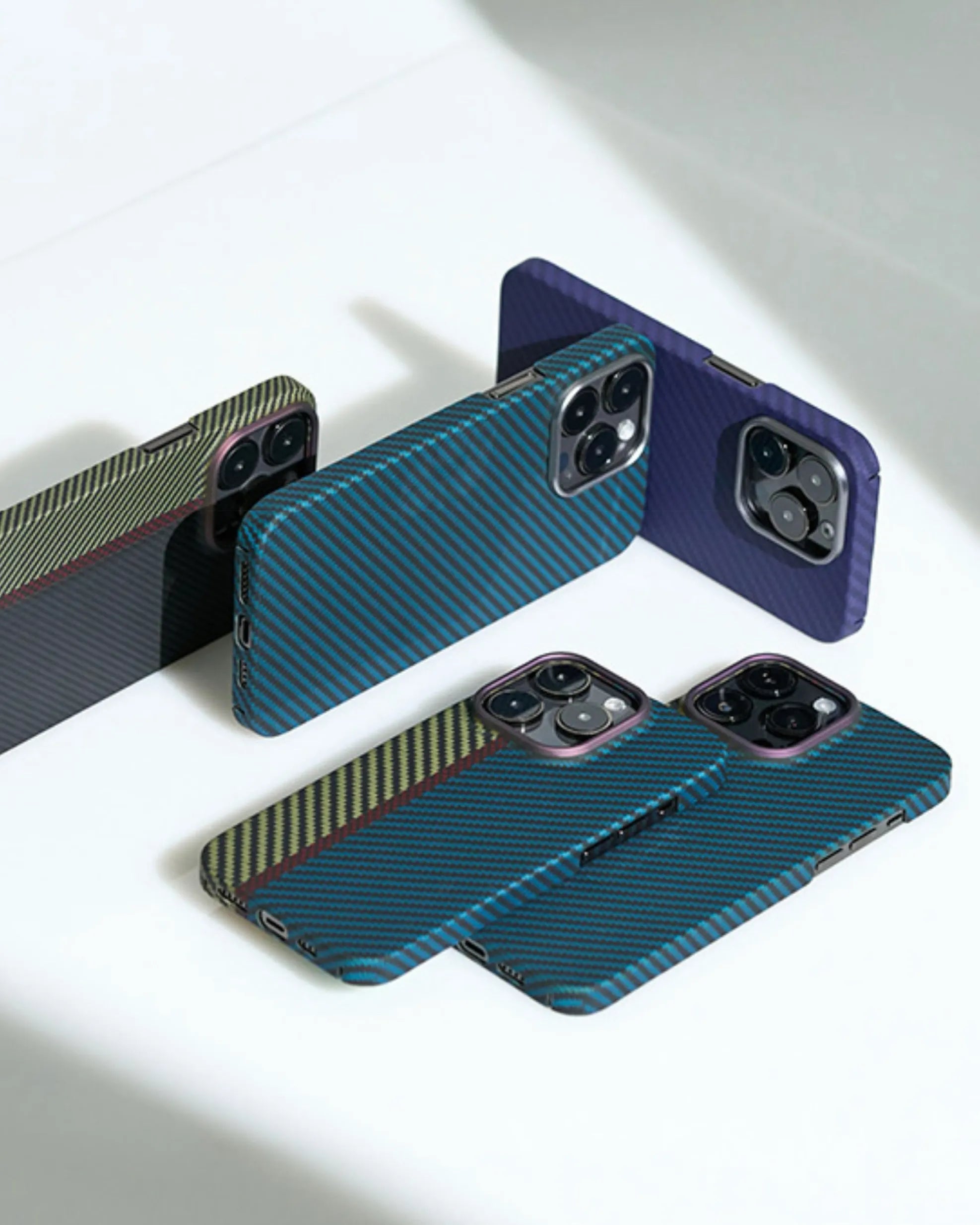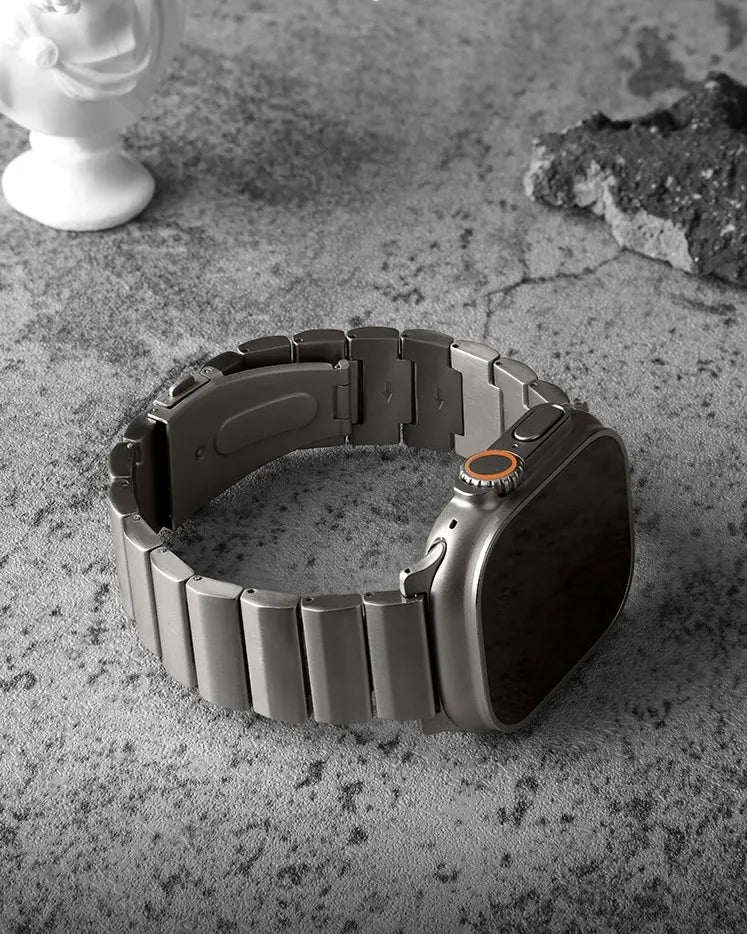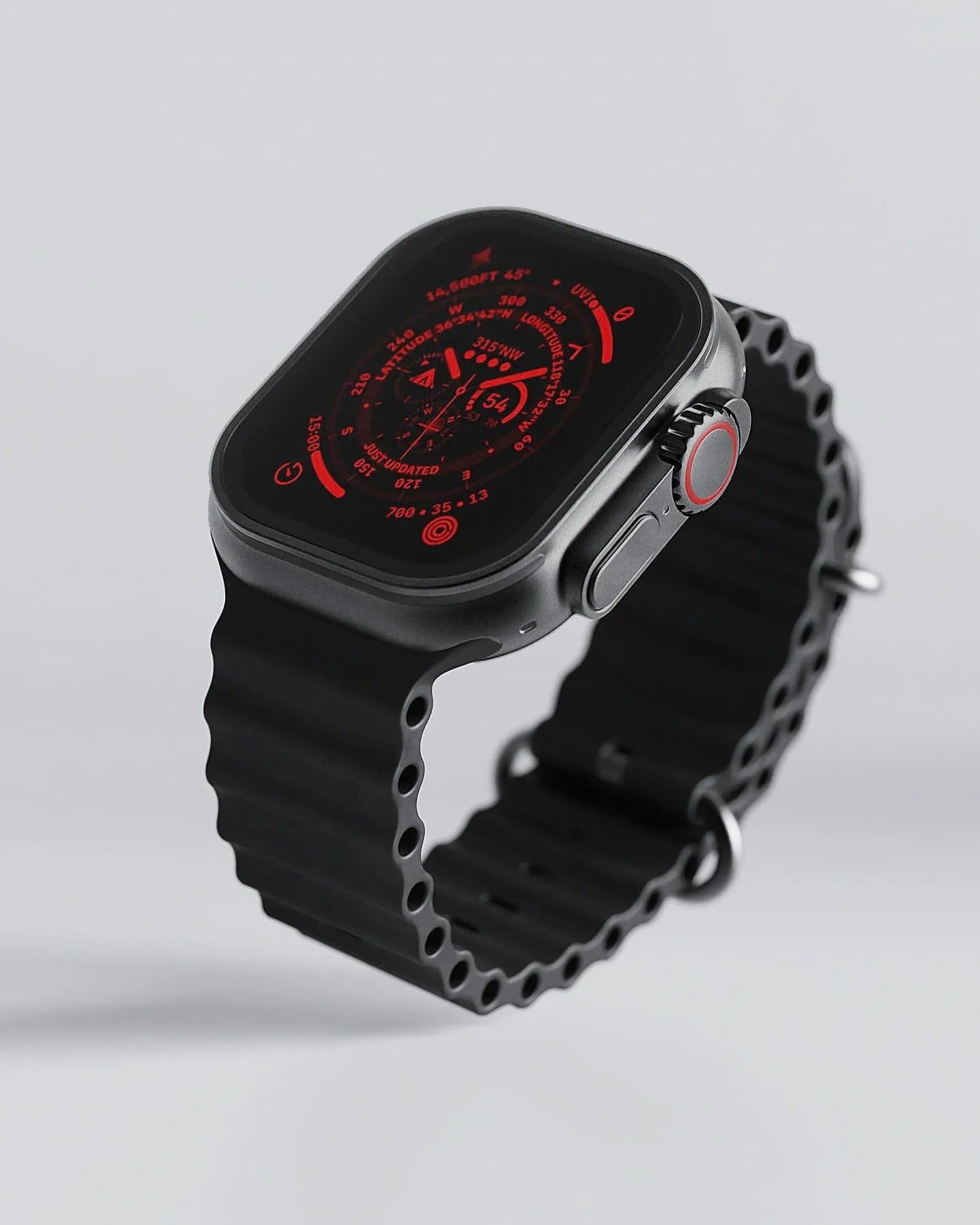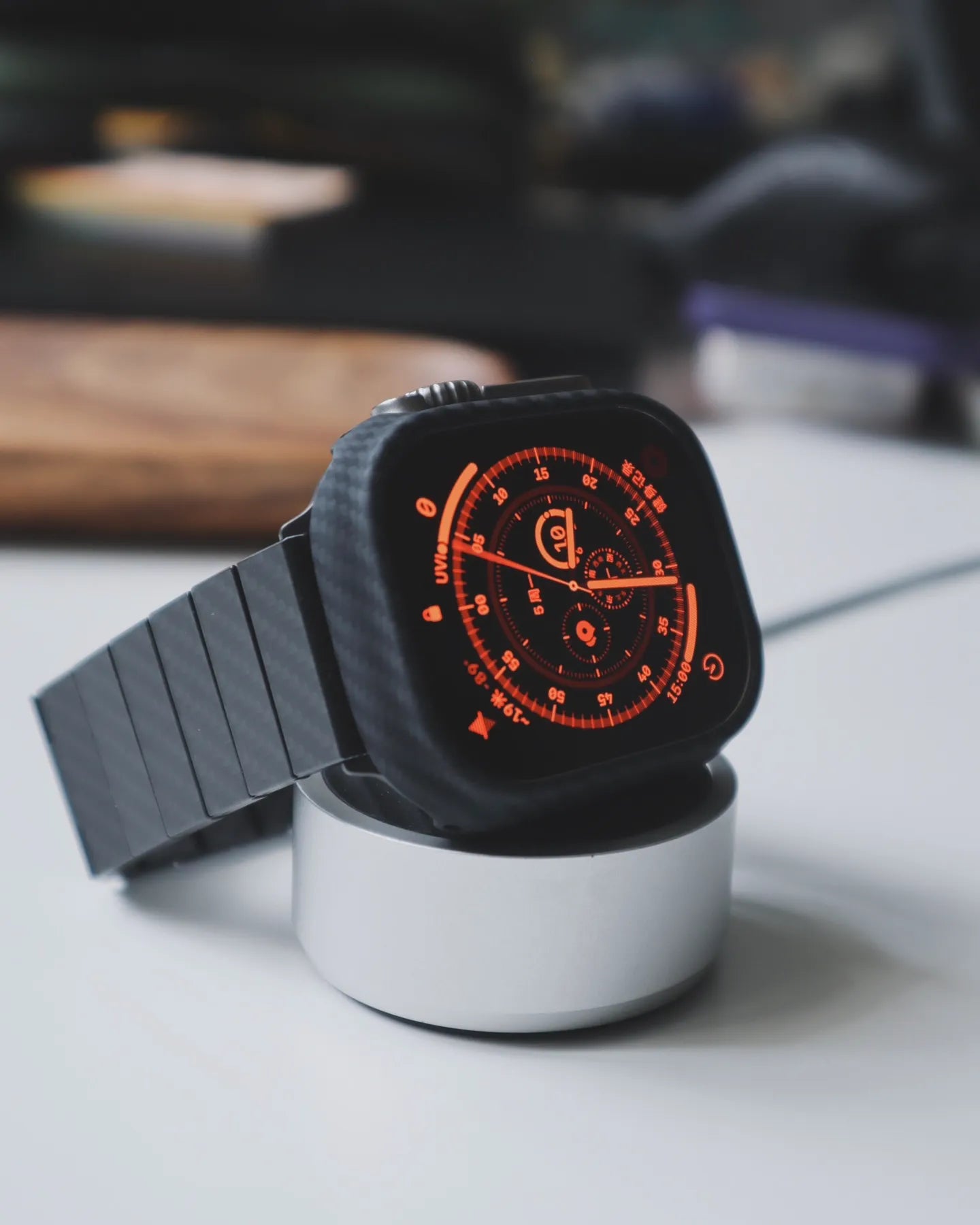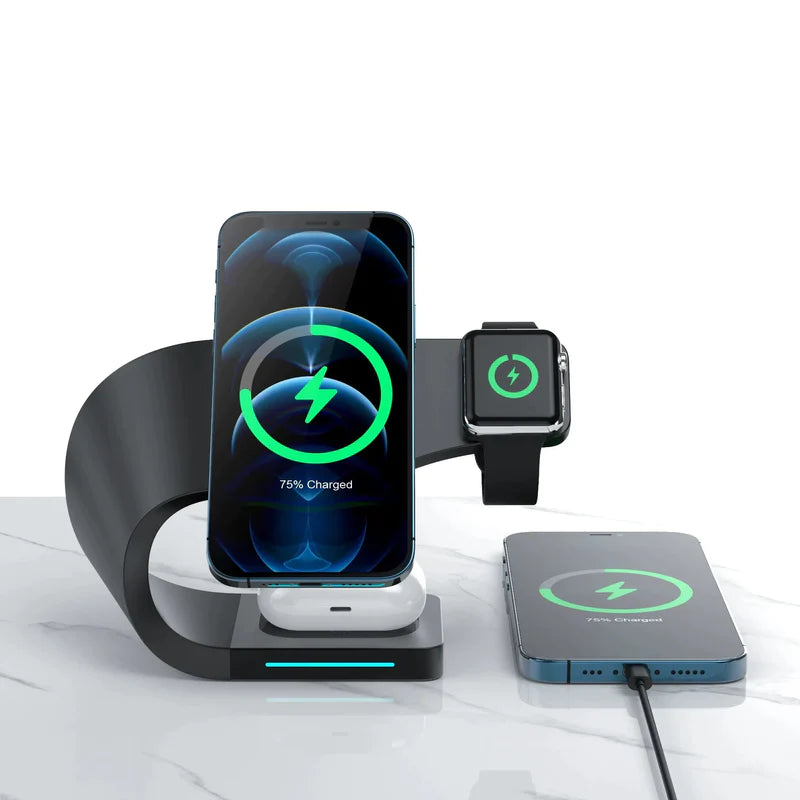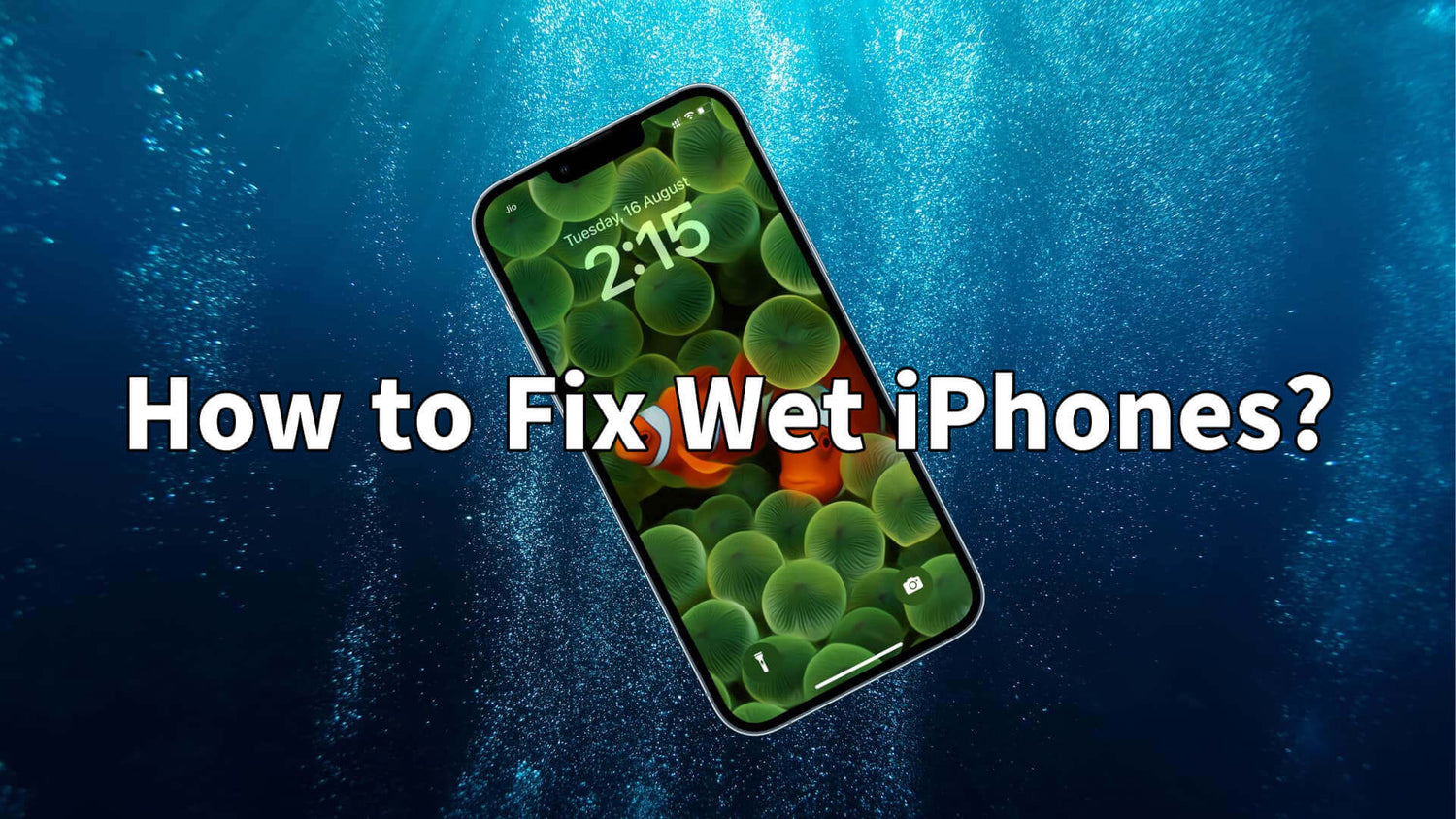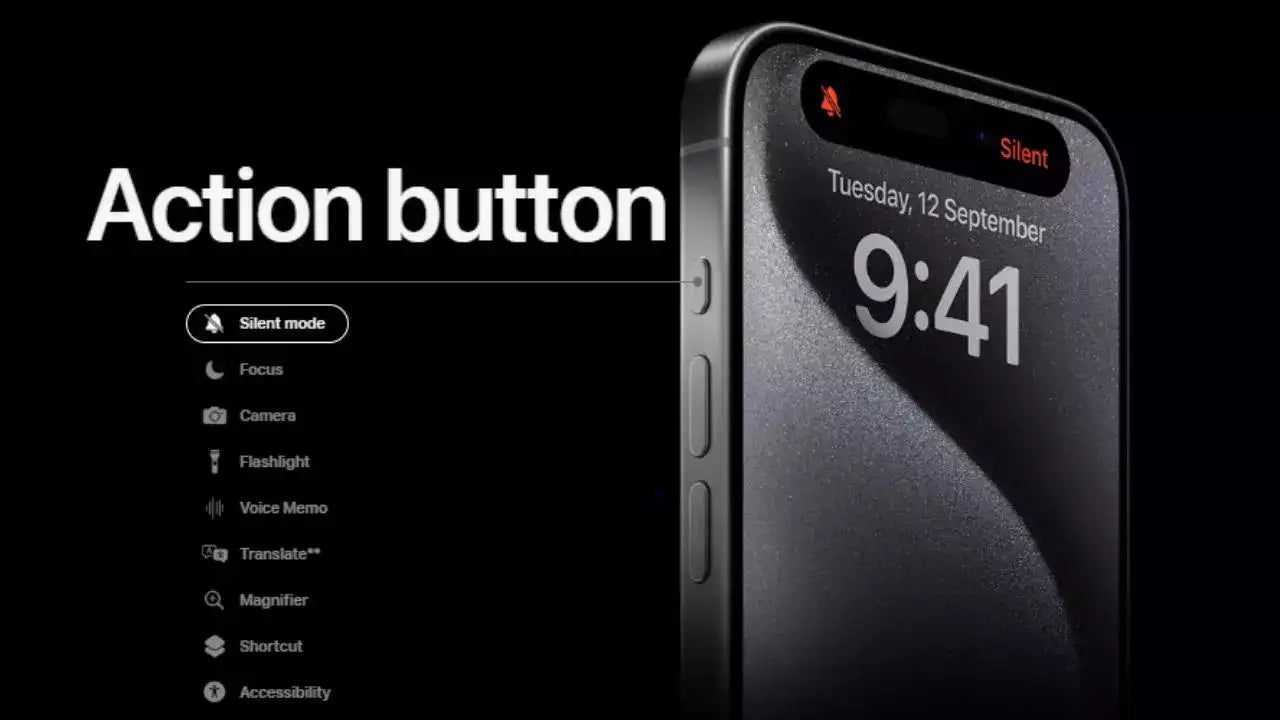According to Apple, since the iPhone 7 it can stay under 1 meter of water for 30 minutes without damage and since the iPhone 11, iPhones have been upgraded to the IP68 under IEC standard 60529, which means they can be submerged 6 metres of water and are splash and dust resistant.
However, if your iPhone suffers from severe water damage that can greatly render your phone unusable, and be aware that liquid damage is not covered by Apple's warranty. Don't worry, the following guide will help you how to fix water damaged iPhone in time.
1. Turn off your iPhone
The first and most important step after getting your iPhone out of the water is to turn it off. Don't try to turn it on manually at this stage, whether you want to retrieve files or charge the battery, now is not the time. Because if water seeps inside the device, it could short out the circuit and cause irreversible damage (your iPhone may turn into a brick), which can make repairs more expensive and time-consuming.

Caution: Under any circumstances, do not plug your wet iPhone into charging!
2. Take off your iPhone case
If your wet iPhone is in a case, take it out. Water can linger in the grooves, nooks and crannies of your iPhone case where water can accumulate. Slowly, it may seep inside the SIM tray or weaken the waterproof adhesive and get inside. For this reason, it's a good idea to remove the case and any other accessories, including the screen protector, from the iPhone when it's turned off.

3. Wipe the exterior and remove the SIM card
Wipe your iPhone to dry water from its surface with a clean absorbent cloth, such as a soft towel or cotton cloth, but the lint-free cloth is the best. Remember not to apply too much pressure or rotate your wet iPhone excessively when you wiping it, as this will allow water to penetrate further into the interior of the phone.
You’d better make gentle movements while keeping your iPhone stationary and moving your hands instead to clean its exterior. For the charging port and volume button, you can wrap a thin layer of cotton cloth with a cotton swab or toothpick, gently insert it into the charging port to suck out the moisture inside. Be careful not to use too much force to avoid damaging the internal structure.
Then remove the SIM card and iPhone SIM card tray and carefully wipe them. If your iPhone only uses eSIM, you don't need to worry about this step. (Click here to learn how to remove the SIM card.)
4. Make use of Water Eject
Expelling water with Siri may seem like an incredible thing to do, but Apple's virtual assistant can actually do it. Introduced here is the Water Eject function, which can help you quickly and easily remove water from your iPhone speaker. All you need to do is download the Water Eject shortcut, add the shortcut, and then you can run the Water Eject. Importantly, do not wear headphones while running this shortcut. Here is a tutorial on how to do it.
5. Dry with silica gel packs
Even after wiping off all the liquid from the surface of your iPhone, the moisture can still remain inside the device. Mostly, people think that putting wet phones or electronics in rice will help. But that's not entirely true. While it is true that rice absorbs liquid and moisture, it can cause more damage to your iPhone than you might think.
One of the safest solutions for drying your wet iPhone is to use silica gel packets, which is a drying agent that helps keep your goods dry and can absorb moisture. You can get an airtight box, put some silica gel packets inside, and wait patiently for about 24 hours. If you think the device has successfully dried out, you can try turning it on. If that still doesn't work, you can try putting it back in the box and waiting for more time.

6. Dismantle your wet iPhone
Unfortunately, if your iPhone still doesn't work properly after trying the above methods, it is likely that there's still liquid inside your iPhone. If you have experience disassembling the Apple device, you can take the pieces out, dry its interior, then assemble it back and try to turn it on. (iFixit is a great website that can help you complete the repair step by step.) If you are not confident about doing DIY repairs, it is recommended that you go to Apple’s after-sales service center and seek professional repair help, which is the last and safest way.
We hope that your wet iPhone did not suffer any serious damage after following the tips above. If you also have a quick and easy fix to this problem, please put that in the comment section.

